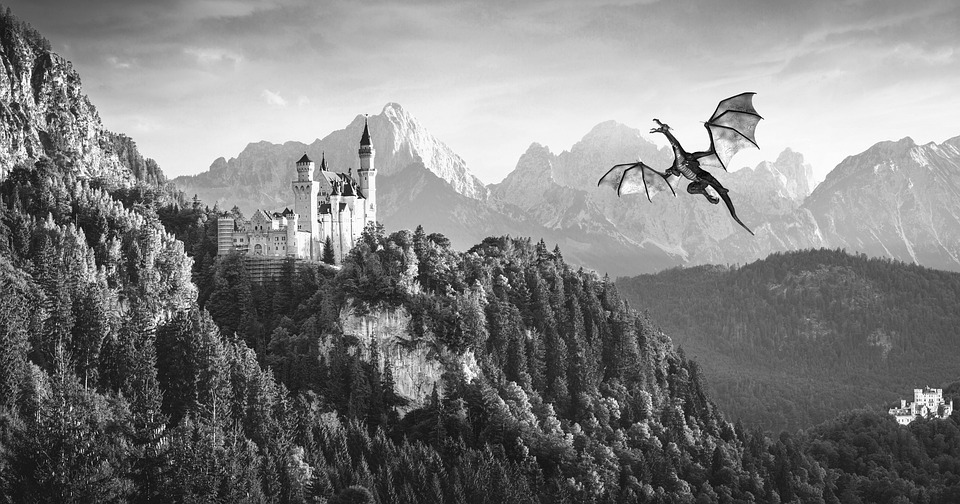The Evolution of Musical Storytelling in Hip Hop
From Lyrics to Lyrical Storytelling
Hip hop music has always been a platform for artists to share their stories and experiences with the world. From the early days of the genre, artists used their lyrics to convey the struggles and triumphs of their lives, often focusing on issues such as social injustice, poverty, and racism. However, as hip hop has evolved over the years, so has the way in which artists tell their stories.
In the early days of hip hop, artists such as Grandmaster Flash and The Sugarhill Gang used their lyrics to paint a picture of life in the inner cities, highlighting the struggles faced by those living in impoverished communities. These artists focused on storytelling through their lyrics, using vivid imagery and descriptive language to bring their stories to life.
As hip hop continued to grow in popularity, artists began to experiment with different storytelling techniques, pushing the boundaries of the genre and creating new and innovative ways to convey their messages. Artists such as Tupac Shakur and The Notorious B.I.G. became known for their complex and emotive storytelling, using their lyrics to delve into the intricacies of their personal lives and experiences.
From Concept Albums to Visual Storytelling
In recent years, hip hop artists have taken storytelling to new heights, incorporating elements of visual storytelling into their music. Artists such as Kendrick Lamar and J. Cole have released concept albums that tell a cohesive story from start to finish, using music videos, artwork, and live performances to enhance the storytelling experience.
For example, Kendrick Lamar’s critically acclaimed album “good kid, m.A.A.d city” tells the story of a young man growing up in Compton, California, navigating the challenges of gang violence, poverty, and peer pressure. The album is not just a collection of songs, but a fully realized narrative that unfolds over the course of its tracks, with each song building on the story established in the previous ones.
J. Cole’s album “2014 Forest Hills Drive” similarly tells a cohesive story, exploring themes of love, loss, and self-discovery. The album’s artwork and music videos further enhance the storytelling experience, providing visual representations of the album’s themes and messages.
From Collaboration to Community Storytelling
Another trend that has emerged in hip hop storytelling is the focus on collaboration and community storytelling. Artists are increasingly working together to tell stories that represent not just their own experiences, but those of their communities as a whole.
For example, the hip hop collective Wu-Tang Clan is known for their collaborative storytelling, with each member bringing their own unique perspective and experiences to the group’s music. Their debut album, “Enter the Wu-Tang (36 Chambers),” tells the story of life in New York City’s Staten Island, combining the individual stories of its members into a cohesive narrative that reflects the struggles and triumphs of their community.
Similarly, artists such as Chance the Rapper and Noname have used their music to tell stories that reflect the experiences of their communities, touching on themes such as violence, gentrification, and systemic racism. By collaborating with other artists and sharing their platform with voices from marginalized communities, these artists are able to tell stories that are more inclusive and representative of the diverse experiences within hip hop culture.
The Future of Musical Storytelling in Hip Hop
As hip hop continues to evolve and expand, the future of musical storytelling in the genre looks bright. Artists are constantly pushing the boundaries of storytelling, experimenting with new techniques and mediums to convey their messages in innovative and engaging ways.
With the rise of streaming platforms and social media, artists have more opportunities than ever to connect with their audiences and share their stories. Visual storytelling, virtual reality experiences, and interactive storytelling are just a few of the exciting possibilities that lie ahead for hip hop artists looking to push the boundaries of musical storytelling.
Ultimately, the evolution of musical storytelling in hip hop is a reflection of the genre’s enduring power to connect with listeners on a deep and emotional level. Through their lyrics, visuals, and collaborations, hip hop artists are able to tell stories that resonate with audiences around the world, shedding light on important social issues and giving voice to those who have been marginalized and silenced.
In conclusion, the evolution of musical storytelling in hip hop is a testament to the genre’s ability to adapt and grow, constantly pushing the boundaries of what is possible in music and storytelling. As artists continue to experiment and innovate, the future of hip hop storytelling looks brighter than ever, promising new and exciting ways for artists to connect with their audiences and share their stories with the world.

Leave a Reply